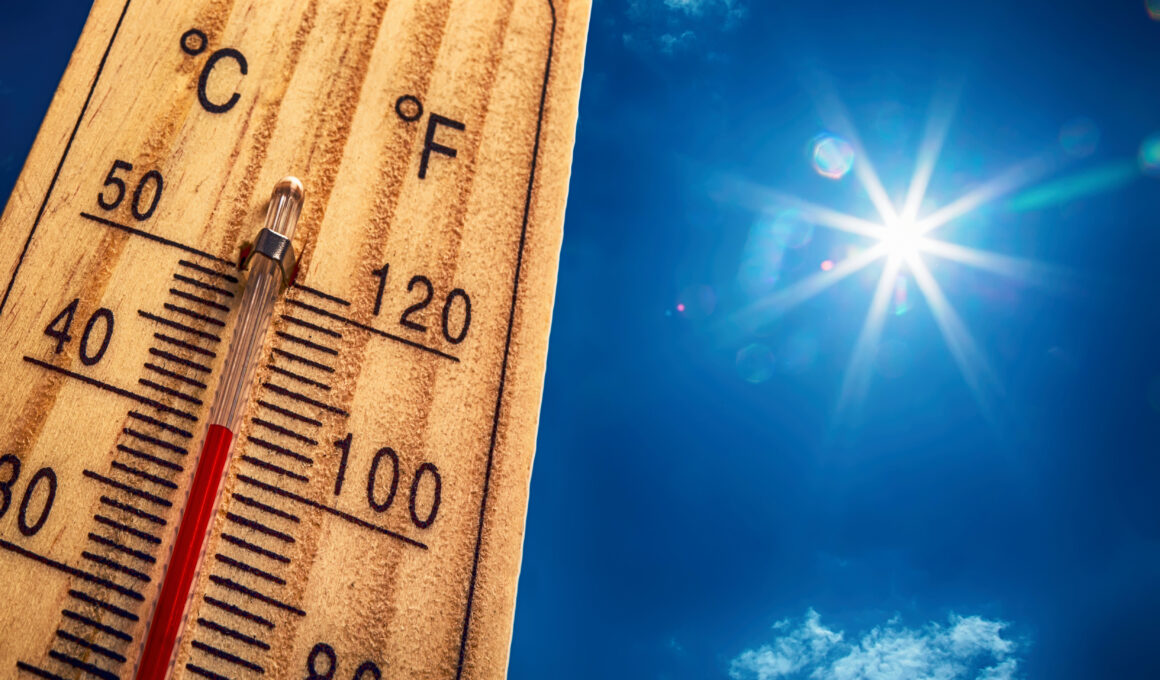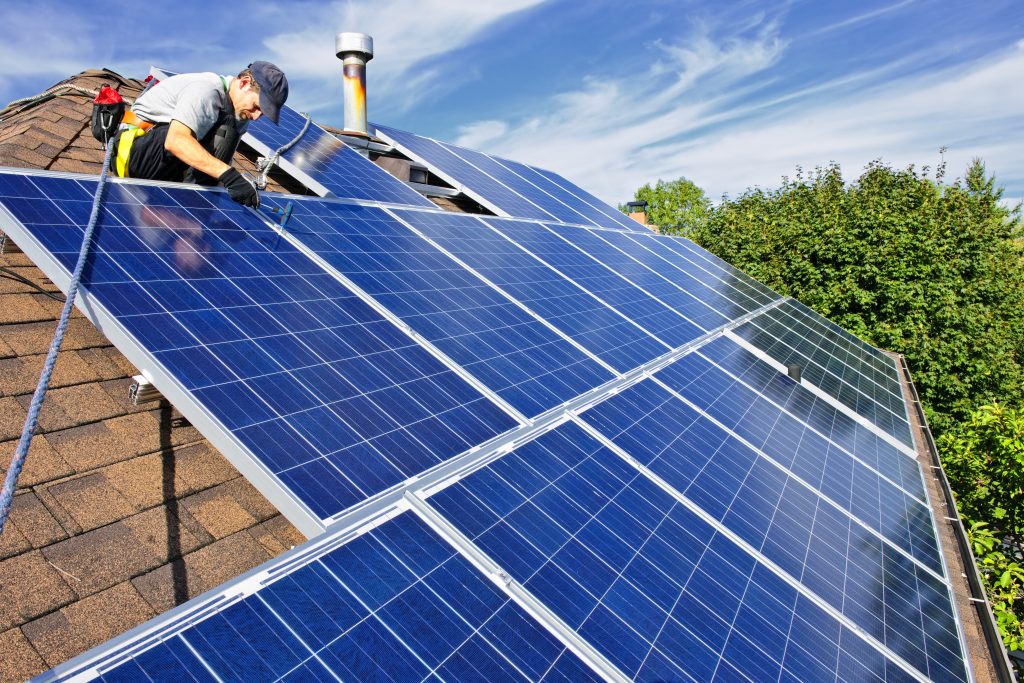When most people think about resilience in the face of climate change, they’re concerned about how to survive a strong hurricane. Doug Coward worries about how people will deal with rising temperatures, particularly those with low and moderate incomes who often live in homes that aren’t energy efficient.
And heat, it turns out, kills more Americans than hurricanes, floods and tornadoes combined.
Coward, director of national expansion and partnerships at the Solar Energy Loan Fund (SELF), spoke at the recent Tampa Bay Resiliency Coalition’s Leadership Summit about the challenges facing low- and moderate-income homeowners. “So many homeowners are in older communities with homes that aren’t insulated and don’t have energy-efficient air conditioners — they’re paying $400 a month in utility bills because they can’t afford to do anything else.”
SELF, based in Port St. Lucie, is the first green bank in the state of Florida to offer loans to homeowners for projects that increase their water and energy efficiency. It expanded to St. Petersburg and Hillsborough County in 2017 and has since made more than $17 million in loans across the state. It’s funded through seed grants from local governments as well as private investors.
Unlike most banks, SELF makes loans based on an applicant’s ability to repay them, not a credit score. That’s a critical difference when 34% of Americans have credit scores so low that they can’t get a loan or would pay very high interest rates. At SELF, interest rates range from about 5% to less than 10%, compared to 20 to 30% for bank or credit card loans for homeowners without good credit.
Loan officers work closely with clients to determine how much disposable income a family has, and then approve a loan based on that figure rather than their credit score. Although that’s a radical departure from traditional banking, 98% of SELF’s clients repay their loans on time, Coward said.
Another benefit for local economies: home improvement contractors, typically smaller businesses who have passed SELF’s stringent contractor requirements, can close on 70% of their sales using SELF funding rather than more traditional financing. Several contractors in Tampa Bay are nearing the million-dollar mark in sales made with SELF loans, Coward said.
And while solar is part of their name, it’s not usually the first step for most clients. “We look closely at the most cost-effective way for people to save money,” Coward said. “Sometimes it’s solar but most often it’s high-efficiency AC units and additional insulation. Solar is the costliest last step because you want to have everything else in place to minimize the number of panels you’ll need.”
A typical project might include an $8,000 to $10,000 loan for home repairs including weatherization/insulation, high-efficiency air conditioning, LED lighting, solar water heater, a new roof or high-impact windows and doors. Updating AC units and windows can often save clients 25 to 30% on their energy bills, and they can take several loans over time to complete multiple projects.
Going forward, Coward expects SELF to grow quickly, both within Florida and across the southeast. Part of the Inflation Reduction Act passed in 2022 calls for $27 billion to be invested in a Greenhouse Gas Reduction Fund that provides low-cost financing to green banks, like SELF, that then funnel the money primarily to low-income and disadvantaged communities.
“It’s a way to bring low-cost capital and below-market rates to these communities,” Coward said. “Although rules have not been finalized, some residents also may qualify for grants that would further reduce the amount of their loan payments.”

